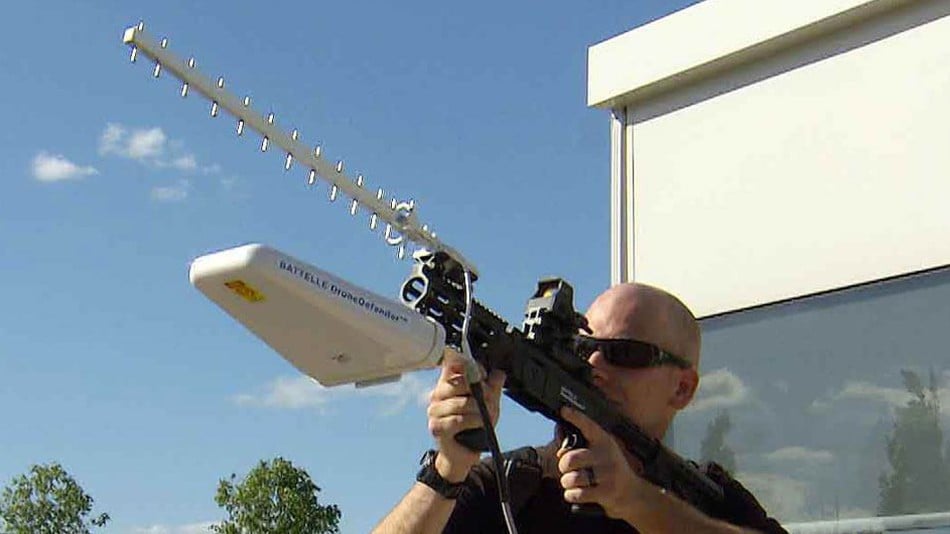Companies and corporations that place a high value on privacy, security or protecting trade secrets, should make sure to review drone capabilities during their next security audit. Only a few years ago, corporate spies flying unmanned aircraft with sophisticated cameras to view computer screens from outside the windows of c-suite skyscrapers was the stuff of mystery novels. Today, it’s more fact than fiction. Anti-drone security could be a smart investment, depending on the intellectual property, trade secrets or security a corporate entity might want to protect.
Trade Secrets, puts it this way: “In many ways, the challenge to protect trade secrets from drones is similar to the challenge to comply with legal data privacy obligations. In both situations, bad guys keep coming up with new ways to invade privacy and misappropriate secrets. The legal obligations remain generally the same, but the playing field keeps changing as technology advances.”
Federal law still has not clarified at what height a landowner can claim land rights. In 1970 the 5th Circuit Court decided Dupont had not voluntarily disclosed its trade secrets to someone spying via aerial photography. Very little case law exists to update or clarify that ruling further.
What states are reasonable to take? While Shooting down a drone is not a good option. Federal law makes it a crime to shoot down a civilian aircraft, manned or unmanned. Charges have been filed in several states against property owners who shot down drones within their airspace.
Geofencing can be another viable option. Installing sensors that restrict access within an outlined airspace, or alert property owners when an unidentified drone enters that airspace so that it can be captured by net. Drones
carrying nets were used during the 2017 Boston Marathon to capture any unmanned aircraft found violating the flying ban for the airspace above the race.
A simple, low-cost option includes window coverings. States do have “Peeping Tom” laws that prohibit looking in someone’s window, but how they pertain to drones operating outside of skyscrapers has been largely untested.
Depending on the security concerns, having your own drones pre-emptively scanning the perimeter of an area which requires high security may be valuable. Drones can be outfitted with nets to capture other drones, thermal cameras that can see people even after dark or jamming equipment to halt other drones within an airspace.
Drone technology has evolved at an impressive clip in just the last three years. The technology is only expected to become better and cheaper, and more accessible to the general public. For corporate security personnel tasked with protecting intellectual property, trade secrets or vital infrastructure, preparing to defend airspace against drones is quickly going to become a vital best practice.
Airsight is an electronics integrator with a decade of experience implementing innovative security solutions for various industries and Fortune 500 companies. We protect your airspace against drones threatening safety, security and privacy.












